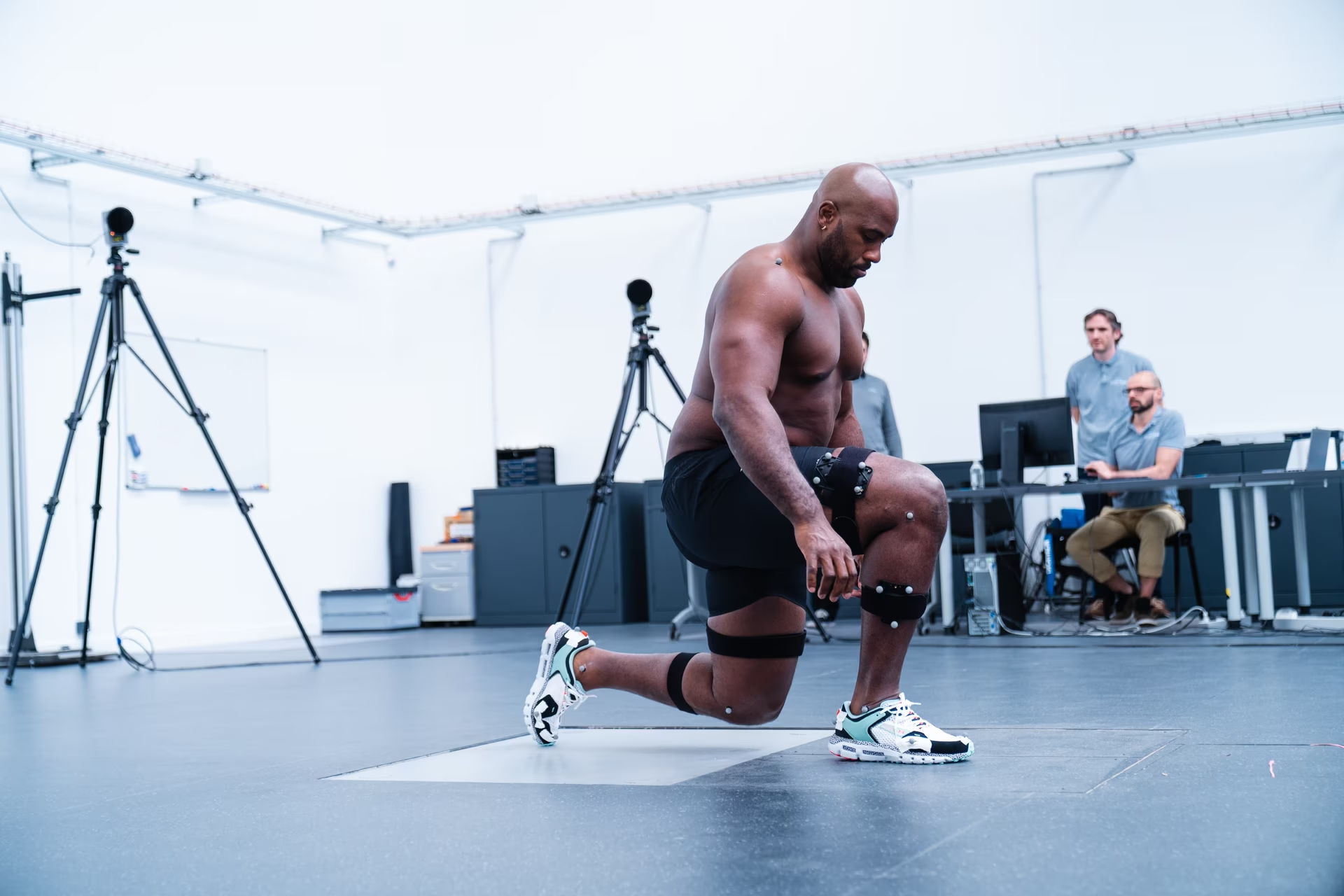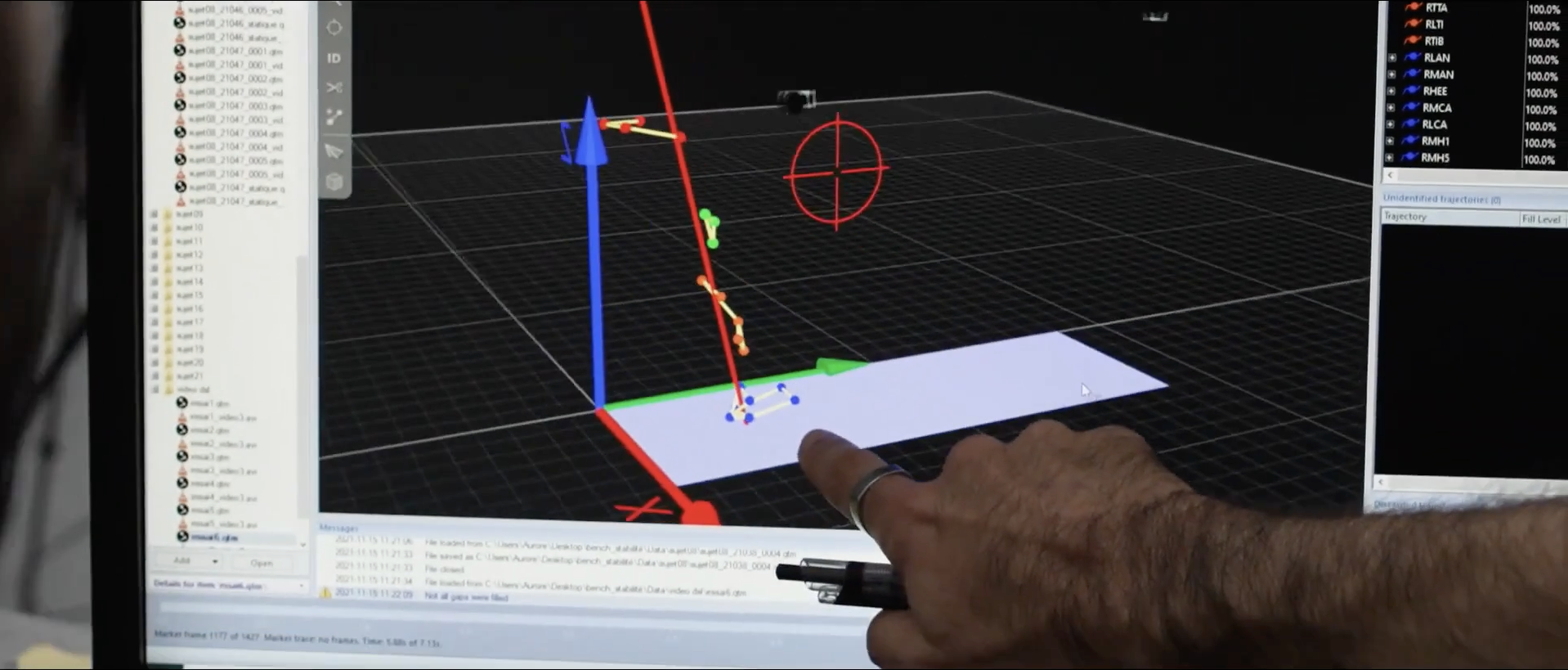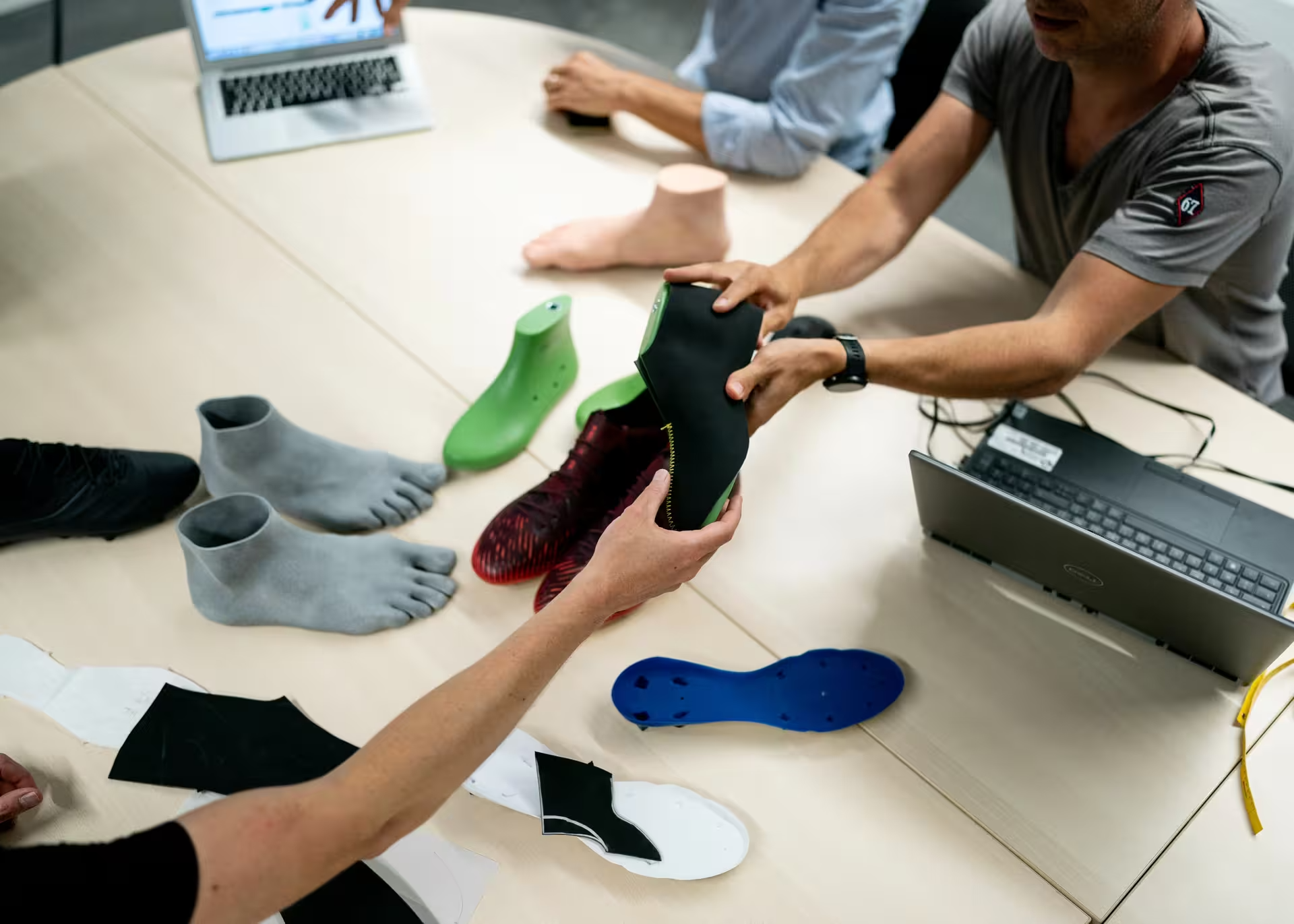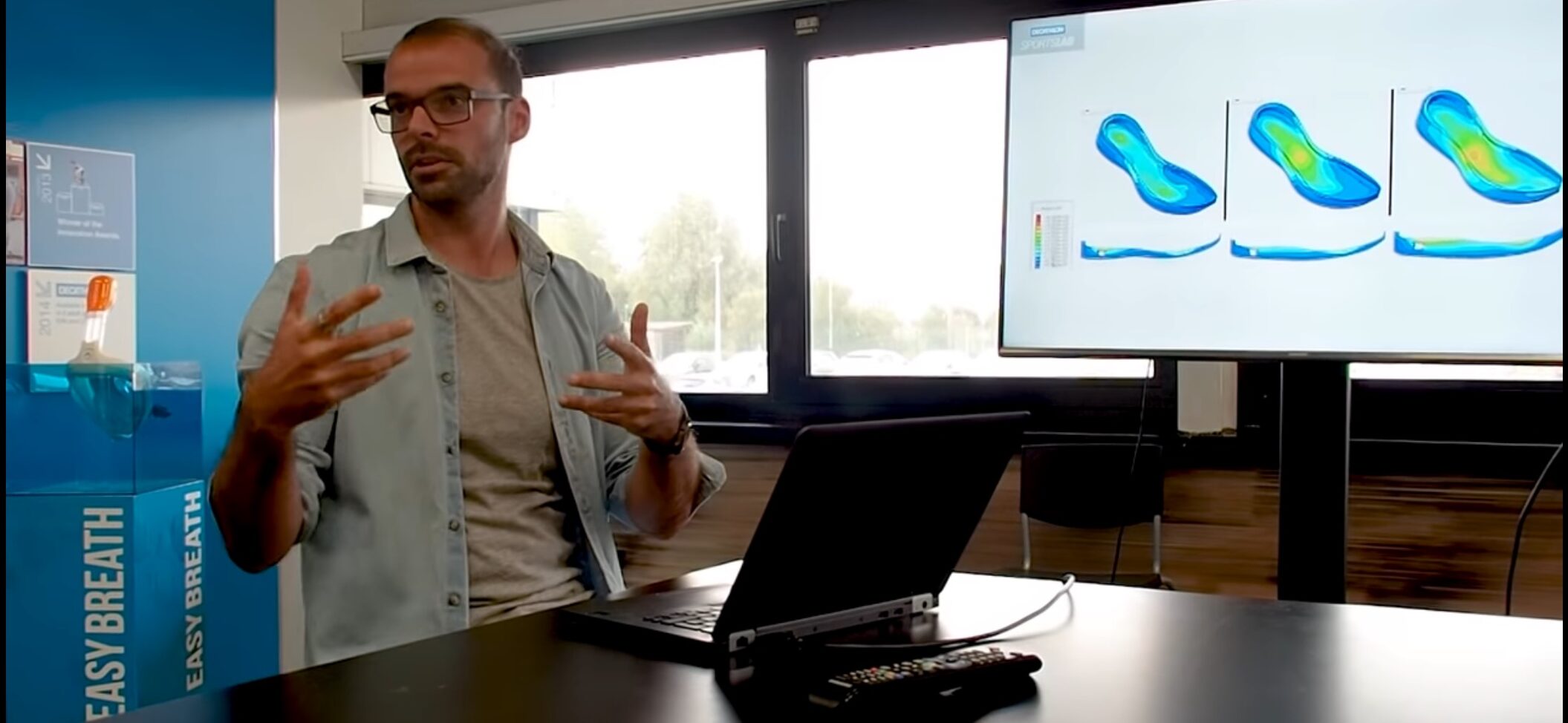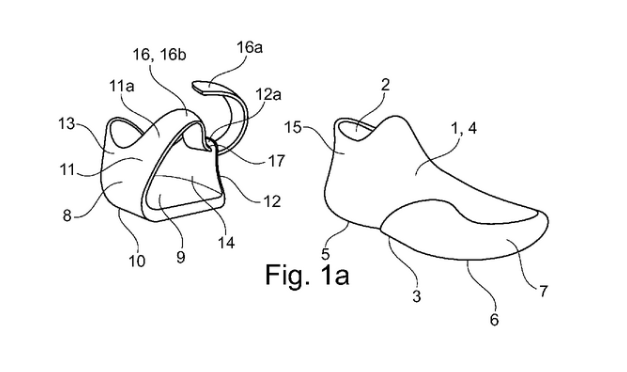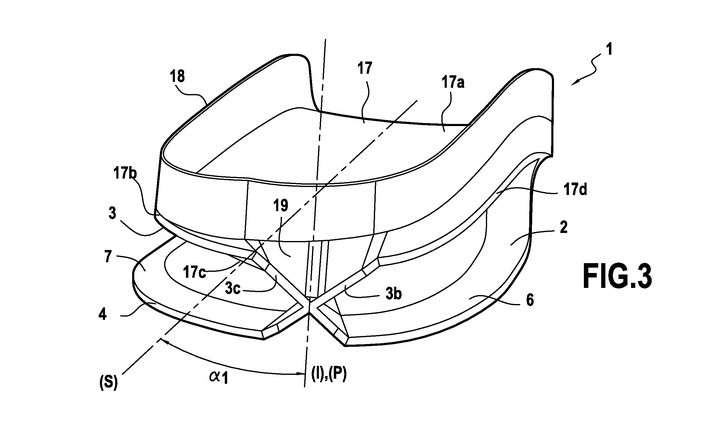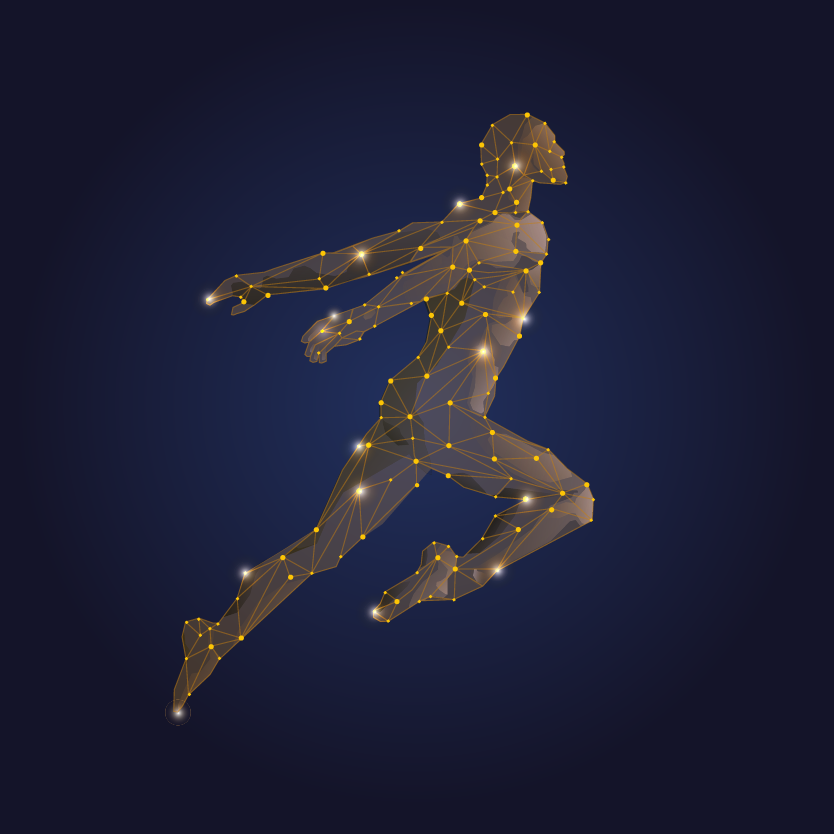Since childhood, I have been fascinated by the human body and how it works. Today, I enjoy contributing to the advancement of knowledge and supporting practical applications.
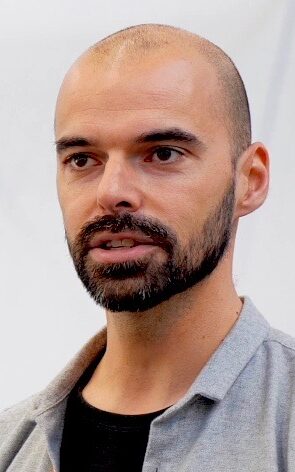
Qualifications & Distinctions
Academic education
PhD in Physical Activity and Sports Sciences, specialist in Biomechanics – University of Lille 2, France (2008)
Distinction
Winner of the Alex Stacoff Award for Methodology sponsored by ASICS presented at the 13th Footwear Biomechanics Symposium in
Gold Coast, Australia 2017
Additional areas of competence
Mechanical characterization: design of methods and characterization of finished products and materials using test benches.
Sensory characterization : methods to evaluate how users perceive product features and what their preferences are.
Complémentary roles
Member of the Editorial Board of the journal Footwear Science.
Regular reviewer for various specialized journals: Footwear Science, Medicine & Science in Sports & Exercise, European Journal of Applied Physiology, Gait & Posture, European Journal of Sport Sciences, ….
Professional experience
Research & Development Engineer – Decathlon Sports Lab (2009-2022)
Within the Decathlon group, Sports Lab is the department dedicated to research on the human body.
My role was to support product design teams by providing relevant scientific knowledge, from literature reviews or in-house experiments. I focused on the mechanical characterization of footwear and the analysis of their effects on the human body, including injury risk, performance, and user perception.
I led a continuous reflection on personalized product recommendation: how to match the right shoe to the right person? This led me to explore how a group-based approach and an individual-based approach could complement and inform each other.
This role involved close collaboration with experts from various fields, requiring adaptability and active listening. I delivered tailored services for projects of different sizes, often using an interdisciplinary approach (biomechanics, mechanics, sensory analysis, materials, podiatry, physiotherapy). Whatever the project, my goal was always to produce clear, actionable insights for design and communication teams.
I have experience with a wide range of tools:
- Biomechanics: motion capture systems, force plates, accelerometers, plantar pressure insoles, inertial measurement units (IMUs), and high-speed cameras.
- Mechanics: method development and mechanical characterization of finished products and materials using dynamic test benches.
- Perception: trained panels and ideal profile methods for sensory characterization.
- Cross-disciplinary skills: data analysis and statistical tools.
Alongside the core technical skills of a researcher, this experience allowed me to develop a range of additional competencies:
- Guide and facilitate projects outsourced to universities and public research organizations in France and abroad.
- Teach and train. I have co-supervised three PhD candidates and Master’s students.
- Advise teams during steering committees, in writing Research & Innovation plans, and in medium- to long-term vision exercises.
- Communicate about our activities both by simplifying complex topics for a broad audience (tours, public figures, media, reports) and by using precise, technical language for expert exchanges (partnerships, publications and conferences).
- Received funding for projects both from Decathlon’s internal network and external sources, including the Ministry of Higher Education, Research and Innovation. I also managed the Research Tax Credit (french scheme to support corporate R&D) related to the research topics I led within the company.
Among the products benefiting from my work and still on the market are all running shoes equipped with the ‘Kalensole’ foam for road running (Kiprun KS500 2, Kiprun KD500) and for trail running (Evadict XT8, Evadict Race Ultra), as well as some shoes designed to absorb impact from landings in skateboarding (Vulca 500 II).

Temporary Teaching and Research Assistant – University of Lille 2 (2007-2009)
Part-time lecturer – CREPS de Wattignies (2005-2007)
I taught Anatomy, Biomechanics, Physical Conditioning, Strength Training, Exercise Physiology, and Gymnastics to students from first-year Bachelor’s to Master’s level in Sports Science (STAPS), as well as candidates preparing for the State Diploma of Sports Educator (levels 1 and 2).
I especially enjoyed sharing knowledge and demonstrating its usefulness by adapting to different audiences.
Scientific publications
(H-Index : 14)
Delattre, N. (2008). Similitude dynamique lors de la course à pied : Développement et validation d’un nouveau nombre adimensionnel [Doctoral thesis, Université de Lille 2].
——-
Scientific conferences
Patents




